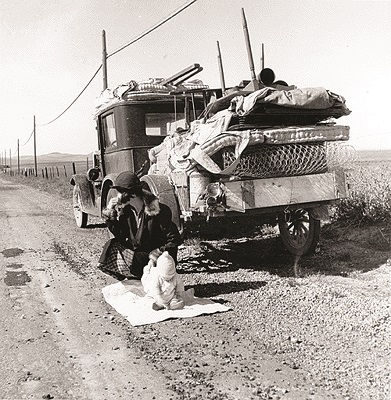Soils and Literature
Soil is an amazing inspiration to several of our literary greats and authors! A lot of permanent writings from our early societies were written on clay tablets. Laws, and other permanent writings were done on a wet clay surface that was fired into records of law, trading documents, and ideas. This includes things like the Code of Hammurabi (one of the most complete legal codes from Babylonia) from 1750 BC.

Writers have used soil as a metaphor for birth, death, the life cycle, fertility, and rejuvenation for centuries. In Bram Stokers Dracula (1897), in order for him to rest properly, he needed to have native soil from his Transylvanian home. He had 50 boxes of soil shipped to England. The vampire hunter Van Helsing discovered this, and placed communion wafer on 49 of them, repelling Dracula with their holy nature.

John Steinbeck gave soil a prominent role in his book, Grapes of Wrath (1940). It examined life during the Dust Bowl. When small farmers were unable to buy equipment like tractors, or pay their mortgages, many families were forced to leave their homes and travel westward to California, looking for work. In another of his novels, East of Eden (1952), he talks about the difficulties of people trying to survive on a less than fertile land.
Real life soil scientists can also inspire science fiction writers. Frank Herbert wrote the book Dune (1956). Herbert was researching a USDA dune stabilization project in Florence, Oregon for a magazine article, and became so inspired that he used a lot of these ideas in his fictional universe. The character Pardot Kynes is based on the work of the USDA scientist.



